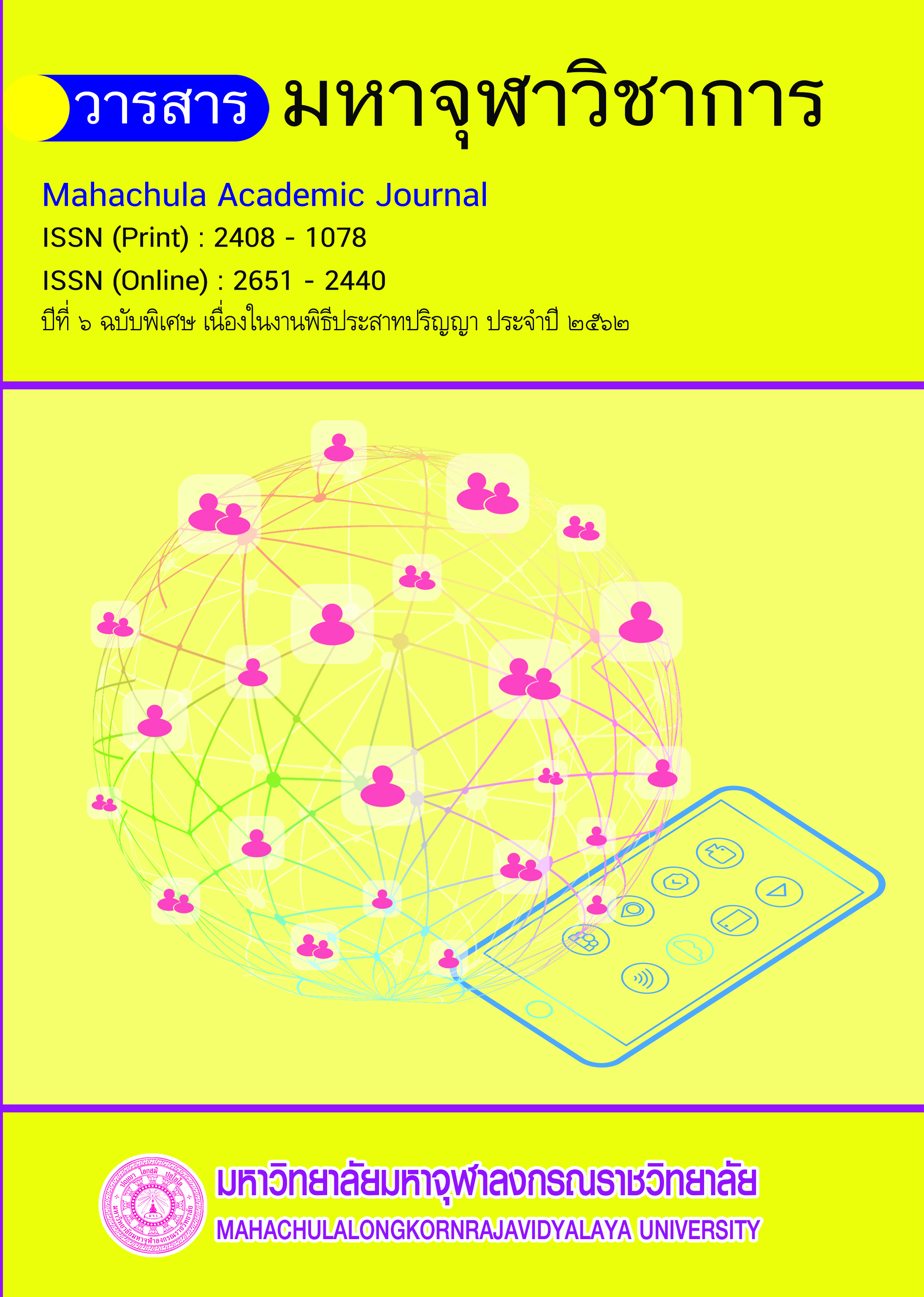Teaching Method Development In Phrapariyattidhamma Based On Dasa-Balañãñã
Main Article Content
Abstract
The objectives of this research were; 1) to study the current state and problems in Phrapariyattidhamma teaching and learning, 2) to develop Phrapariyattidhamma teaching methods according to Dasabalanãna, and 3) to apply Phrapariyattidhamma teaching methods based on Dasabalanãna methods. The data of this qualitative study. The results of the study found that: The present state of Phrapariyattidhamma teaching is that the follows; (1) Curriculum contents; the Pali language is difficult to understand because of its old age and out of use in communication, the learning is mainly focused on learning by heart, and less application is in use, (2) Teachers; the Pali teachers they still follow the traditional teaching methods, and lack of work security because their recruitment depends on each school, and (3) Students; since the number of boys and men to be ordained is decreased, and that also affects to the number of students in Pali study. The development of Phrapariyattidhamma teaching methods according to Dasabalanãna consisted of; 1) Thãnãthãnanãna, The teachers thoroughly should understand curriculum, course contents, and course objective, 2) Kammavipãkanãna, The teachers should understand behaviors of their students through pretest, 3) Sabbatthagamini-patipadãnãna, The teachers should have science, techniques, strategies, and skills in their teaching, 4) Nãnãdhatunãna, The teachers should have knowledge, psychology, and arts in the teaching contents, 5) Nãnãdhimuttikanãna, The teachers should know potential, capability, learning, and activity of their students, 6) Indariyaparopariyattanãna, The teachers should inspire and promote their students with creative, analytical and synthetic thinking, 7) Nãnadisankilesãdinãna, The teachers should assign students with team-study, group work, and learning by doing, 8) Pubbenivãsãnussatinãna, Teaching by process, control, evaluation, and posttest, 9) Cutupapãtanãna, To create learning atmosphere, learning inspiration, ideal, and teaching innovation, and 10) Asavakkhayanãna, Step by step teaching, measurement and evaluation, and result analysis. The application of Phrapariyattidhamma teaching based on Dasabalanãna principles is that the teachers have to understand the course contents and teach with the teaching methods according to Dasabalanãna consisting of teacher, learner, and course content. Teaching and learning Phrapariyattidhamma integrated with Dasabalanãna and TMD principle.

